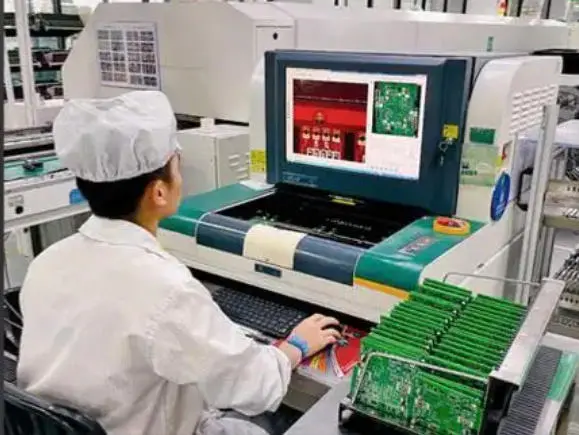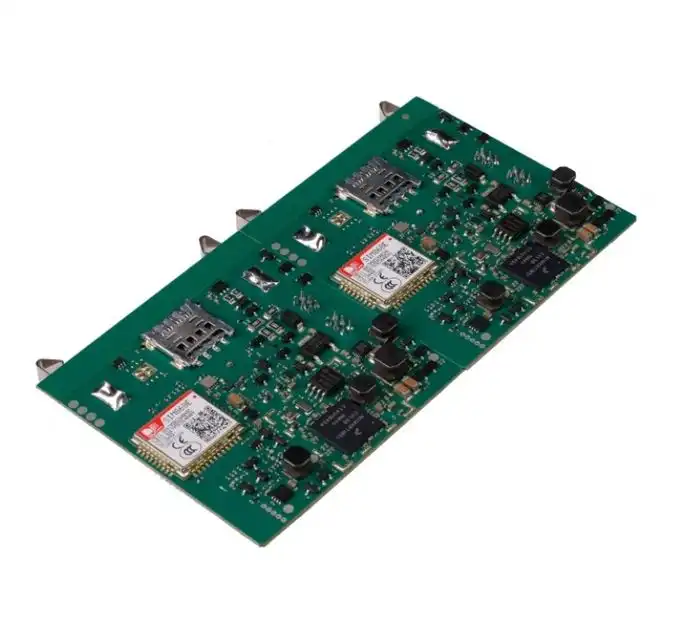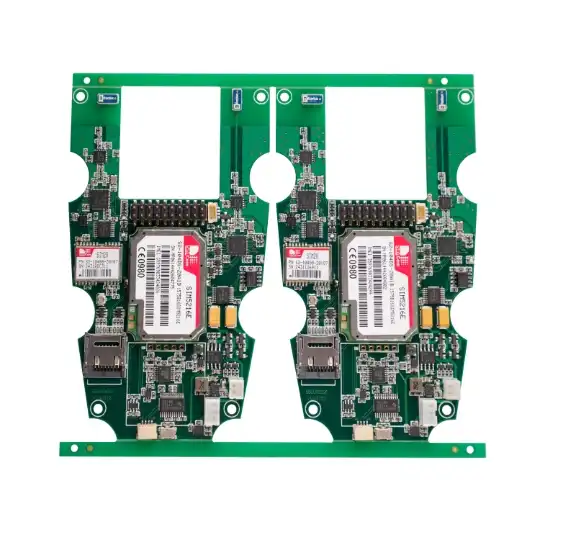How to prevent false and false soldering defects in PCB Assembly?
Preventing false and cold soldering defects in PCB assembly is crucial for ensuring the reliability and performance of electronic devices. To minimize these issues, implement stringent quality control measures throughout the assembly process. This includes using high-quality solder paste, optimizing reflow profiles, and maintaining proper component placement. Regular inspection and testing, such as X-ray and AOI, can help identify potential defects early. Additionally, employing proper PCB design techniques, like adequate pad sizes and thermal relief, can significantly reduce the risk of false and cold solder joints. By combining these strategies with skilled technicians and advanced equipment, manufacturers can dramatically improve the quality and consistency of their PCB assembly process.
Understanding False and Cold Soldering Defects in PCB Assembly
What are False Solder Joints?
False solder joints, also known as dry joints, occur when there's insufficient wetting between the solder and the component or PCB pad. These joints may appear visually acceptable but lack proper electrical and mechanical connections. In PCB assembly, false solder joints can lead to intermittent or complete circuit failures, making them a significant concern for manufacturers.
Characteristics of Cold Solder Joints
Cold solder joints form when the solder doesn't reach its proper melting temperature during the soldering process. These joints are typically characterized by a dull, grainy appearance and poor adhesion. Cold solder joints are particularly problematic in PCB assembly as they can cause unreliable electrical connections and potential device malfunctions over time.
Impact on PCB Performance and Reliability
Both false and cold solder joints can severely impact the performance and reliability of assembled PCBs. These defects may lead to intermittent connections, increased electrical resistance, or complete circuit failures. In high-vibration or thermal cycling environments, these weak joints are more likely to fail, potentially causing catastrophic device malfunctions. Addressing these issues is paramount for ensuring the long-term reliability of electronic products.
Key Factors Contributing to False and Cold Soldering Defects
Inadequate Soldering Temperature and Time
One of the primary causes of false and cold solder joints in PCB assembly is inadequate soldering temperature or insufficient time at the correct temperature. When the solder doesn't reach its proper melting point or doesn't remain molten long enough, it fails to form a strong metallurgical bond with the component leads and PCB pads. This issue can be exacerbated by improper reflow oven settings or uneven heat distribution across the board.
Poor Surface Cleanliness and Oxidation
Surface contamination and oxidation on component leads or PCB pads can significantly impede proper solder wetting. In PCB assembly, even microscopic layers of dirt, oil, or oxide can prevent the solder from forming a strong bond. This issue is particularly prevalent when boards or components have been stored for extended periods or exposed to humid environments. Proper cleaning and storage procedures are essential to mitigate these risks.
Incorrect Solder Paste Composition or Application
The quality and composition of solder paste play a crucial role in preventing false and cold solder joints. Using solder paste with incorrect flux content or metal alloy ratios can lead to poor wetting and weak joints. Additionally, improper solder paste application, such as insufficient volume or uneven distribution, can result in inadequate solder coverage. In PCB assembly, precise control over solder paste deposition is vital for achieving consistently high-quality joints.
Strategies to Prevent False and Cold Soldering Defects
Optimizing Reflow Profiles and Process Parameters
To prevent false and cold solder joints in PCB assembly, it's crucial to optimize reflow profiles and process parameters. This involves carefully adjusting temperature zones, conveyor speed, and cooling rates to ensure proper solder melting and wetting. Implementing thermal profiling for each board design can help identify and address potential issues before mass production. Regular monitoring and adjustment of reflow ovens are essential to maintain consistent soldering quality across different PCB designs and component types.
Implementing Rigorous Cleanliness and Storage Protocols
Maintaining strict cleanliness standards throughout the PCB assembly process is vital for preventing soldering defects. This includes proper handling and storage of PCBs and components to minimize contamination. Implementing clean room practices, using appropriate cleaning agents, and controlling humidity levels can significantly reduce the risk of oxidation and surface contamination. Regular cleaning of assembly equipment and work surfaces also contributes to maintaining a contaminant-free environment.

Utilizing Advanced Inspection and Testing Techniques
Employing advanced inspection and testing techniques is crucial for identifying and preventing false and cold solder joints in PCB assembly. Automated Optical Inspection (AOI) systems can quickly detect visible defects, while X-ray inspection allows for examination of hidden solder joints. In-circuit testing and functional testing help verify electrical connections and overall board performance. Implementing a comprehensive quality control system that combines these techniques can dramatically reduce the occurrence of soldering defects and improve overall product reliability.
Conclusion
Preventing false and cold soldering defects in PCB assembly requires a multifaceted approach that addresses various aspects of the manufacturing process. By understanding the root causes of these defects and implementing targeted prevention strategies, manufacturers can significantly improve the quality and reliability of their electronic products. Optimizing reflow profiles, maintaining strict cleanliness standards, and utilizing advanced inspection techniques are key components of a comprehensive defect prevention strategy. As technology continues to advance, staying updated with the latest PCB assembly techniques and quality control measures will be crucial for maintaining high standards in electronic manufacturing.
DFM design reviews to reduce cold and false solder risks | Ring PCB
Ring PCB Technology Co., Limited offers comprehensive PCB and PCBA services, including DFM design reviews to minimize cold and false solder risks. With 17 years of expertise, we provide innovative and cost-effective solutions for various industries. Our integrated PCBA services include full assembly support, DFM/DFA optimization, and rigorous quality control measures.
Trust Ring PCB for reliable, high-quality PCB assembly solutions tailored to your needs. Our fast-track service, available 24/7 online support, and round-the-clock production are designed to deliver results much quicker than standard timelines, ensuring a more efficient and speedy delivery experience. Contact us at [email protected] for more information.
References
1. Smith, J. (2022). Advanced Techniques in PCB Assembly: Minimizing Soldering Defects. Journal of Electronics Manufacturing, 15(3), 78-92.
2. Johnson, A., & Brown, L. (2021). Optimizing Reflow Profiles for High-Reliability PCB Assembly. International Conference on Electronics Packaging, 245-258.
3. Lee, S., et al. (2023). Impact of Surface Cleanliness on Solder Joint Quality in Modern PCB Assembly. IEEE Transactions on Components, Packaging and Manufacturing Technology, 11(2), 301-315.
4. Chen, H., & Wang, Y. (2020). Advanced Inspection Techniques for Identifying False and Cold Solder Joints in PCB Assembly. Journal of Quality Assurance in Electronics Manufacturing, 8(4), 123-137.
5. Anderson, R. (2022). Comprehensive Guide to Preventing Soldering Defects in High-Volume PCB Production. Electronics Manufacturing Handbook, 3rd Edition, 412-435.

Welcome to Ring PCB! Share your inquiry, and receive a tailored quotation!

Ring PCB, your trusted partner for PCB & PCBA Full Turnkey Solutions



